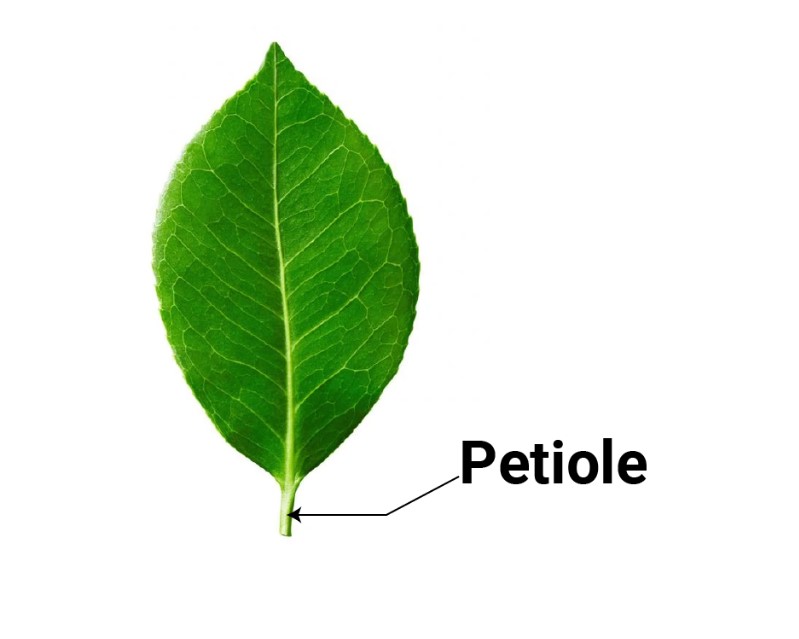Petiole Definition
A petiole is the stalk that attaches a leaf to the stem of a plant. People often refer to it as a stem, which is incorrect. In contrast to stems, which support the plant and produce nodes and roots, petioles do not produce nodes or roots.
The nodes in the picture below are the points that connect the petioles to the stem. Petiolates are leaves connected to the stem by a simple petiole. We call sessile leaves those that are attached to the stem without a petiole. There can also be differences between petioles.
A petiole’s cross section, for instance, can have different shapes and can be rigid or slightly spongy. Plant scientists can use these differences to determine the species of a plant. There are also different sizes of petioles. In the picture below, thin petioles are shown, but celery sticks are also petioles.
Petiole Function
Plants fuel themselves through photosynthesis, and the petiole transports the energy made in the leaf to the rest of the plant. As well as transporting nutrients and water to the leaves, the xylem absorbs nutrients and water from the roots.
Related Terms
- Internode – A section of the stem between two nodes.
- Pedicle – The part of a plant that is attached to and supporting a single flower.
- Lamina – The blade-shaped part of a leaf where transpiration and photosynthesis take place.
- Stipule – A small attachment that can be found at the base of a petiole, resembling a leaf.

